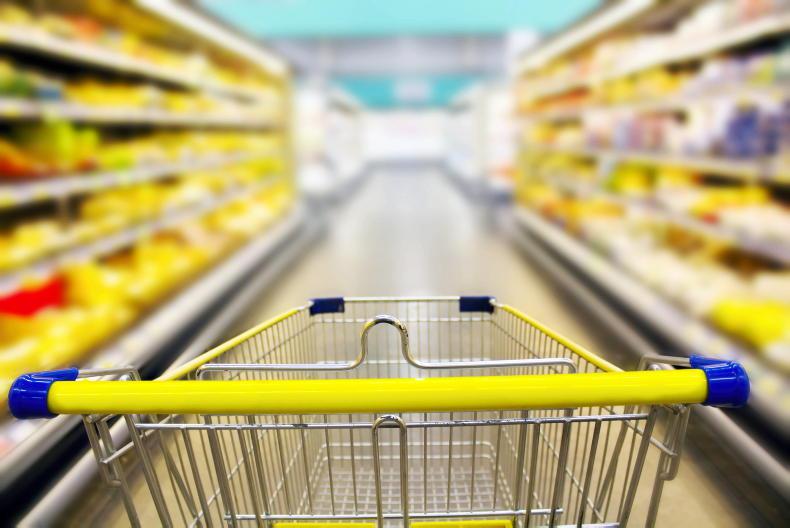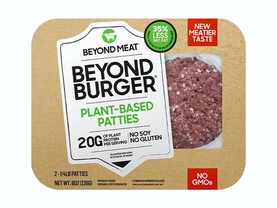Data published on Monday showed more bad news for consumer prices in the euro area.
At an estimated 10.7% in October, it is no wonder that inflation has become the dominant topic for governments and policymakers this year.
One major worry is that even though the growth in prices has primarily been driven by energy prices – that component in October’s data showed a 41.9% annual increase – the inflation we are seeing is becoming increasingly broad-based.
By this, we mean that inflation is going from being an energy problem to being an everything problem. Looking at the October estimate data again, we see the “food, alcohol and tobacco” component rising 13.1%, with the “unprocessed food” subcomponent accelerating 15.4%.
Devil in the detail
There is no denying that energy and food inflation at these levels is bad news for consumers. However, looking at Ireland, there is some devil in the detail which is worth looking at.
According to Eurostat data, food prices in Ireland only passed their 2015 level in August of this year. (see Figure 1). While we do not mean to belittle the speed of the change in prices, or people’s concerns about them, the data shows that food in Ireland costs little more than it did seven years ago.
It is also striking that the drop in Irish food prices between 2015 and 2020 was not repeated in the wider euro area, where there was fairly consistent price growth between 2015 and 2021.
It is possibly tempting to blame the increased market share of Lidl and Aldi for the drop in food prices, but data from Kantar shows they only increased their market share by just over 5 percentage points between January 2015 and October of this year, with those companies now accounting for just over a quarter of grocery sales in Ireland.
Squeezed margins
Seeing as Irish farmers were generally facing similar energy and fertiliser costs to European producers during the period, the only fair conclusion that could be drawn from the under-performance of food inflation in Ireland during this period compared to the euro-area level is that margins for Irish farmers were squeezed harder than their continental neighbours.
Unfortunately for Irish farmers, now is not the time to try to hold out for higher prices. Factories are already busy trying to push prices as hard as they can to maintain their margins. Last week we saw in Kerry Group’s interim results that pricing rose 15.3% in the third quarter, which saw growth of 16.6%. While sales volumes were up 6.2%, it is clear much of the growth was driven by making stuff more expensive rather than selling more.
Despite this strong pricing performance, earnings at Kerry dropped 0.4 percentage points, meaning even high price rises are not keeping pace with input costs.
This means that factories are likely to try to increase pressure on farmers over prices. If pushing consumer prices as hard as they can means margins are still shrinking, then the cost side – the farmer – will remain under pressure.
For farmers, the only possible sign of relief would be a significant and sustained drop in input prices. Unfortunately there is no sign of that in diesel prices (see business brief), there are more worries for the outlook for feed prices (see my colleague Anne Finnegan on page 18), and little sign of a sustained drop in fertiliser prices.
Longer term, Irish farmers may come to rue the period from 2015 to 2021 when margins were squeezed so much harder here than in the rest of Europe, leaving them little room to withstand the current surge in input prices.






 This is a subscriber-only article
This is a subscriber-only article









SHARING OPTIONS: